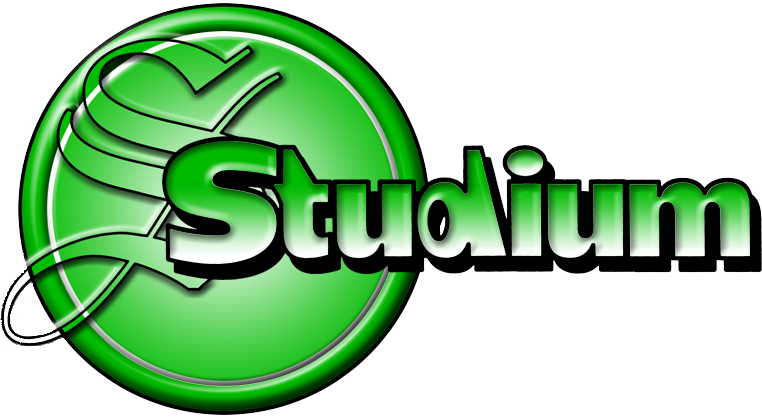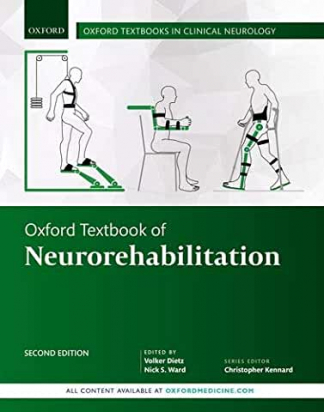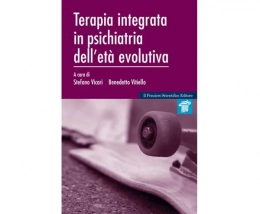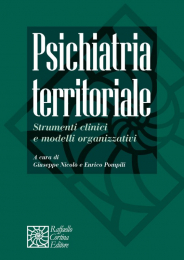Non ci sono recensioni
DA SCONTARE
Neurorehabilitation is an expanding field with an increasing clinical impact due to an ageing population. During the last 20 years, neurorehabilitation has developed from a discipline with little scientific background, separated from other medical centers, to a medical entity largely based on the principles of 'evidenced based medicine' with strong ties to basic research and clinical neurology. Today neurorehabilitation is still a work in progress and treatment standards are not yet established for all aspects of the field. There are very few books that address contemporary neurorehabilitation from this perspective.
This new edition of the Oxford Textbook of Neurorehabilitation provides an understanding of the theoretical underpinnings of the subject as well as a clear perspective on how (and why) to approach treatment decisions on an individualized basis. The book has been thoroughly updated to reflect novel important developments in the field and includes new chapters on vocational rehabilitation, self-management strategies in neurorehabilitation, and music supported therapy in neurorehabilitation. This indispensable book will be of great interest to rehabilitation physicians, neurologists, and allied health care professionals who look after patients requiring neurorehabilitation.
SECTION I: General aspects of neurorehabilitation
1:The International Classification of Functioning, Disability, and Health, Diane Playford
2:A teamwork approach to neurological rehabilitation, Derick Wade
3:The economic benefits of rehabilitation for neurological conditions, Rory J. O Connor
4:Predicting activities after stroke, Gert Kwakkel and Boudewijn Kollen
5:Designing a clinical trial for neurorehabilitation, Bruce Dobkin and Clarisa Martinez
6:The influence of age on neurorehabilitation, Markus Wirz and Louise Rutz-LaPitz
7:The applicability of motor learning to neurorehabilitation, John W. Krakauer
SECTION II: Physiological consequences of CNS damage
8:Spinal neuronal dysfunction after deprivation of supraspinal input, Michèle Hubli and Volker Dietz
9:Secondary changes after damage of the central nervous system: Significance of spastic muscle tone in rehabilitation, Volker Dietz and Thomas Sinkjær
10:Autonomous nervous system dysfunction, Tom E. Nightingale, Ulrich Mehnert, Thomas M. Kessler, and Andrei Krassioukov
11:Functional recovery in CNS disease: Impact of animal models, Steffen Franz, Andreas Hug, and Norbert Weidner
SECTION III: Neuroplasticity and repair
12:Animal models of damage, repair, and plasticity in the brain, Andreas R. Luft
13:Animal models of damage, repair and plasticity in the spinal cord, Patrick Freund, V. Reggie Edgerton, Roland R. Roy, Daniel C. Lu, and Yury Gerasimenko
14:Stem cell application in neurorehabilitation, Sebastian Jessberger, Armin Curt, and Roger A. Barker
15:The role of neuroimaging in understanding the impact of neuroplasticity after CNS damage, Nick S. Ward
16:Enhancement of neuroplasticity by cortical stimulation, Orlando B. C. Swayne and John C. Rothwell
17:Enhancement of neuroplasticity by drug therapy, Ulf Ziemann
SECTION IV: Clinical concepts
18:Rehabilitation of gait and balance after CNS damage, Jacques Duysens, Geert Verheyden, Firas Massaad, Pieter Meyns, Bouwien Smits-Engelsman, and Ilse Jonkers
19:Neurorehabilitation approaches for disorders of the peripheral nervous system, William Huynh, Michael Lee, and Matthew C. Kiernan
20:Treatment of arm and hand dysfunction after CNS damage, Nick S. Ward
21:Acquired disorders of language and their treatment, Alex Leff and Jenny Crinion
22:Neuropsychological rehabilitation of higher cortical functions after brain damage, Radek Ptak and Armin Schnider
23:The clinical neurology of problems with oral feeding, Tom Hughes and Tom Richards
24:Management of bladder, bowel, and sexual dysfunction, Ulrich Mehnert and Thomas Kessler
25:The assessment and treatment of pain syndromes in neurorehabilitation, Eva Widerström-Noga
26:The impact of fatigue on neurorehabilitation, Killian A. Welch and Mansur A. Kutlubaev
27:Vocational Rehabilitation, Andy Tyerman
28:Self-management strategies in neurorehabilitation, Fiona Jones and Sara Demain
29:Neuropalliative rehabilitation: Managing neurological disability in the context of deteriorating illness, Gail Eva, Jo Bayly, and Diane Playford
30:Recognition and management of functional symptoms after traumatic brain injury, Lucia Ricciardi, Alan J. Carson, and Mark J. Edwards
SECTION V: Technical concepts
31:Music supported therapy in neurorehabilitation, Eckart Altenmüller and Lauren Stewart
32:Application of orthoses and neurostimulation in neurorehabilitation, Jacopo Carpaneto and Silvestro Micera
33:Technology to enhance arm and hand function, Arthur Prochazka
34:Technology to enhance locomotor function, Rüdiger Rupp, Daniel Schließmann, Christian Schuld, and Norbert Weidner
35:Enhancing independent community access and participation: Services, technologies, and policies, Émilie Raymond, Luc Noreau, Normand Boucher, Geoffrey Edwards, Patrick Fougeyrollas, Ernesto Morales, Francois Routhier, Claude Vincent, and G. Hubert Gascon
36:Virtual reality for neurorehabilitation, Mathias Bannwart and Robert Riener
37:Promises and challenges of neurorehabilitation technology, Arun Jayaraman, Sheila Burt, and William Z. Rymer




